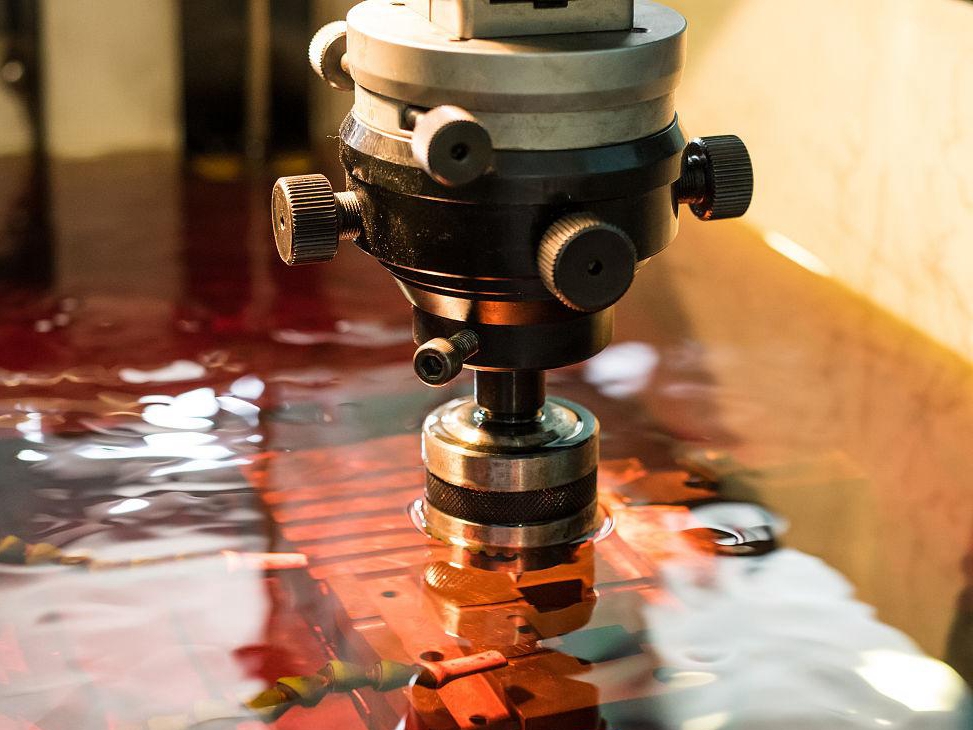Stellite 6B
Stellite 6B is a cobalt-chromium-based alloy noted for superior wear resistance, hardness, and exceptional performance under abrasive and corrosive environments. With reliable performance at temperatures up to 800°C, Stellite 6B is extensively employed in demanding applications requiring resistance to galling and erosion.
Industries such as aerospace, medical, and energy frequently adopt superalloy 3D printing of Stellite 6B to produce critical components like valve seats, bearings, and surgical instruments, enhancing part longevity and performance in challenging operational conditions.
Stellite 6B Similar Grades Table
Country/Region | Standard | Grade or Designation |
|---|---|---|
USA | UNS | R30016 |
USA | AMS | AMS 5894 |
Germany | W.Nr. (DIN) | 2.4778 |
China | GB | CoCrW Alloy 6B |
UK | BS | HR20 |
Stellite 6B Comprehensive Properties Table
Category | Property | Value |
|---|---|---|
Physical Properties | Density | 8.38 g/cm³ |
Melting Range | 1265–1354°C | |
Thermal Expansion | 12.6 µm/(m·K) at 20–100°C | |
Thermal Conductivity | 14.8 W/(m·K) | |
Chemical Composition (%) | Cobalt (Co) | Balance |
Chromium (Cr) | 28.0–32.0 | |
Tungsten (W) | 3.5–5.5 | |
Carbon (C) | 0.9–1.4 | |
Nickel (Ni) | ≤3.0 | |
Iron (Fe) | ≤3.0 | |
Mechanical Properties | Tensile Strength | ≥950 MPa |
Yield Strength (0.2%) | ≥620 MPa | |
Elongation at Break | ≥8% | |
Hardness (HRC) | 33–43 | |
Modulus of Elasticity | 241 GPa |
3D Printing Technology of Stellite 6B
Commonly utilized additive manufacturing technologies for Stellite 6B include Selective Laser Melting (SLM), Direct Metal Laser Sintering (DMLS), and Electron Beam Melting (EBM). Each technology provides specific advantages, enabling the creation of highly wear-resistant, complex parts.
Applicable Process Table
Technology | Precision | Surface Quality | Mechanical Properties | Application Suitability |
|---|---|---|---|---|
SLM | ±0.05–0.2 mm | Excellent | Excellent | Aerospace, Medical |
DMLS | ±0.05–0.2 mm | Very Good | Excellent | Medical, Precision Tooling |
EBM | ±0.1–0.3 mm | Good | Very Good | Energy, Industrial Parts |
Stellite 6B 3D Printing Process Selection Principles
When high precision (±0.05–0.2 mm) and optimal surface finishes (Ra 3–10 µm) are required, Selective Laser Melting (SLM) is the ideal choice for aerospace and medical components.
For detailed, intricate geometries in medical implants and precision tooling, Direct Metal Laser Sintering (DMLS) offers similar precision and mechanical excellence.
Electron Beam Melting (EBM) is preferred for larger, thicker parts where high build rates and good mechanical properties (±0.1–0.3 mm) outweigh ultra-fine precision.
Stellite 6B 3D Printing Key Challenges and Solutions
Residual stresses from rapid thermal cycling during printing can cause distortion. Applying optimized support structures and Hot Isostatic Pressing (HIP) at around 1200°C and 100–150 MPa minimizes these stresses, stabilizing dimensions.
Porosity issues, common in laser processes, are mitigated through laser parameter optimization—power settings around 200–400 W, scan speeds of 600–1000 mm/s, and HIP post-treatment, achieving near-full density (>99.8%).
Surface roughness (Ra 6–15 µm) affecting wear resistance can be resolved using precision CNC machining and electropolishing techniques, reaching surface finishes of Ra 0.4–1.6 µm.
Powder contamination risks require controlled atmospheres, maintaining oxygen below 500 ppm and humidity below 10% RH, to preserve mechanical integrity and ensure reliable results.
Industry Application Scenarios and Cases
Stellite 6B is widely applied in various challenging industries:
Aerospace: Wear-resistant engine components, valves, and bearings.
Medical and Healthcare: Surgical instruments and orthopedic implants require durability and corrosion resistance.
Energy: Pump shafts, valve seats, and industrial tooling are exposed to abrasive wear.
A recent case highlights 3D printed Stellite 6B medical implants produced via DMLS, improving wear performance and reducing production times by 40%.
FAQs
What applications benefit most from Stellite 6B additive manufacturing?
Which 3D printing processes are recommended for Stellite 6B?
How does Stellite 6B perform compared to other cobalt-based alloys?
What challenges arise in Stellite 6B 3D printing, and what are the solutions?
Which post-processing techniques improve Stellite 6B part durability and finish?



